
71 Ways to Write a Social Media Update: Specific Tips to Engage Your Followers
Former VP of Marketing @ Buffer

I’ve got several go-to moves when I’m playing basketball. The crossover. The fadeaway. The tear drop.
I’ve got several go-to moves when I’m writing social media updates, too. Title case. Text only. Signatures.
I imagine you’ve got your own favorites, too.
Combined, there are a litany of ways to compose, style, and organize a social media update, even in just the words we use in our updates. I’m always on the look out for new experiments to try with the way I write a social media update. My latest hunt turned up 71 fun ways. Let me share them with you.
You’ll of course vary your updates in style and tone across various social networks. I’ve split up some of the different ways to write a social media update according to the network that fits best. There’ll be several ways that might work on multiple places, so you may see some crossover.
Let’s start with Facebook.
25 Ways to Write a Facebook Update
- Start the update with a question
- End the update with a question
- Include a fill-in-the-blank question
- Use a short URL
- Use a full URL
- Use a custom URL (e.g., kiss.ly for KISSmetrics)
- Do not include a URL (example below)
- Sign the update with “- Your Name”
- Use an image with text overlay
- Use an image without text overlay
- Write your headline in title case (e.g., capitalize all the main words)
- Write your headline in sentence case (e.g., capitalize the first word and proper nouns only)
- Write your update in all lowercase
- “Headline: URL”
- Share a link, then remove the link attachment (example below)
- No text at all (example below)
- Insert a horizontal rule
- Place hashtags inside the update
- Place hashtags at the end of the update
- Use emoji
- Insert how you’re feeling (for profiles only – example below)
- Attribute and tag other accounts
- Punctuation-heavy text (think: plain-text emails, example below)
- Place everything in the same paragraph
- Place things on separate lines
These different elements can be combined into a single Facebook update in a number of ways. For instance, you could start the update with a question, then write the headline in title case, then sign your name, then add hashtags.
We’re currently trying out signatures and full URLs in some of our Facebook posts.
Also important: Keep in mind that Facebook truncates posts in the news feed after the fifth line.
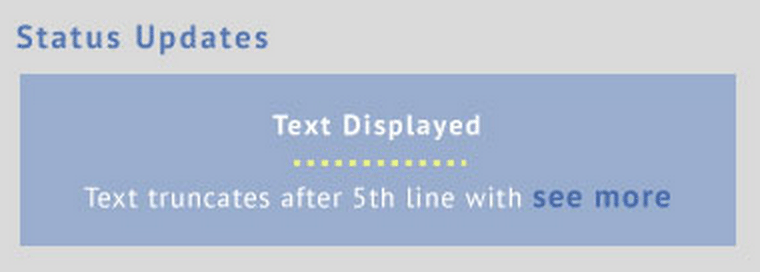
Examples of creative Facebook updates
Do not include a URL

Share a link, then remove the link attachment
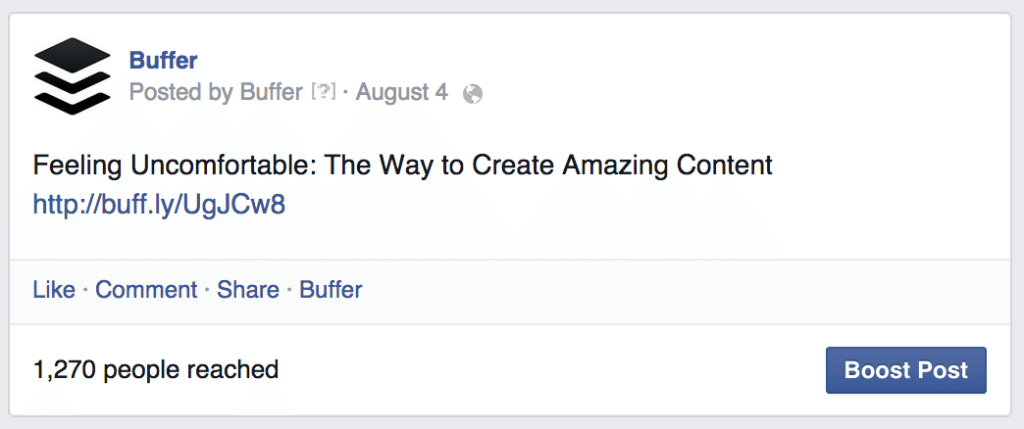
How you’re feeling
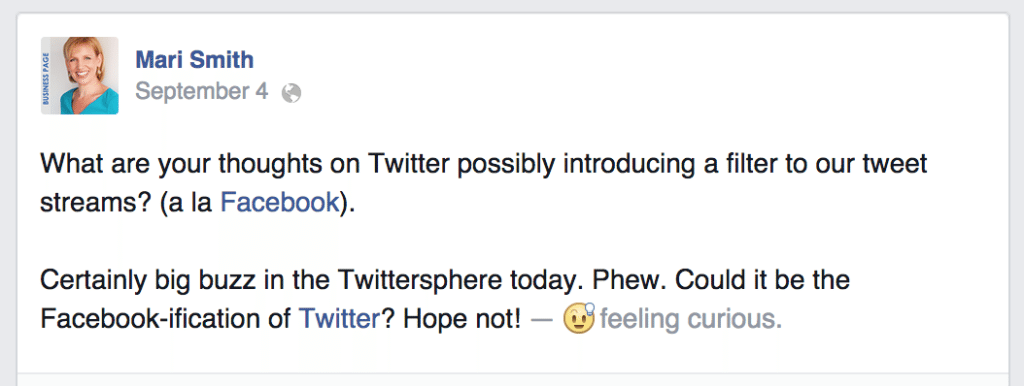
No text at all

20 Ways to Compose a Tweet
- Place your comments before the headline or retweet
- Place your comments after the headline or retweet
- “Commentary –> tweet”
- “Commentary + tweet”
- “Commentary > tweet”
- “Commentary :: tweet”
- “Commentary – tweet”
- “Tweet [commentary]” (example below)
- “Commentary || tweet”
- Place hashtags inside the tweet
- Place hashtags outside the tweet, at the end
- Attribution after “via”
- Attribution after “by”
- Acknowledge others with an “HT” (stands for hat tip)
- Manually retweet with an RT (stands for retweet)
- Manually retweet with an MT (stands for modified tweet)
- Insert hard returns so your tweet appears on multiple lines (example below)
- Title case for capitalization
- Sentence case for capitalization
- All lowercase
- Use custom shortening URL (e.g., kiss.ly for KISSmetrics)
- Use the full URL (Twitter will truncate around the 30-character mark)
Same as with Facebook, you can combine multiple different elements to create a custom tweet. You may have noticed there is some crossover in ideas between Twitter and Facebook (you’ll find the same throughout the rest of the post, too).
We’ve been experimenting with “Commentary –> tweet” and tweets with multiple lines. What might you try?
Examples of creative tweets
“Tweet [commentary]”

HT
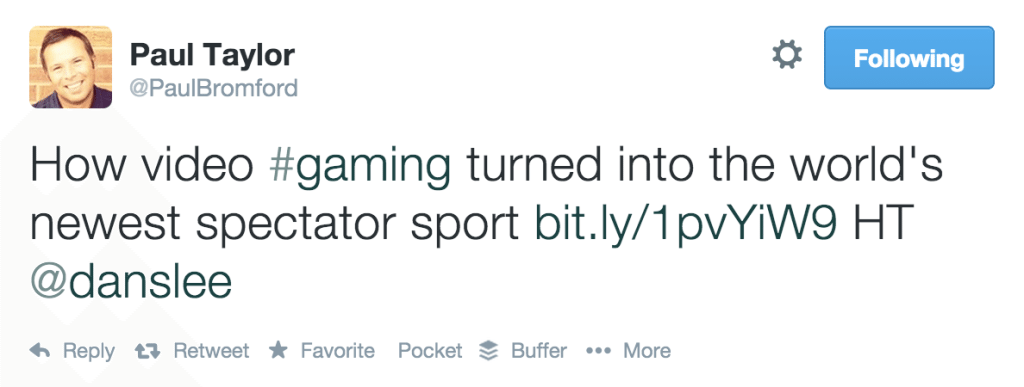
MT

Multiple lines
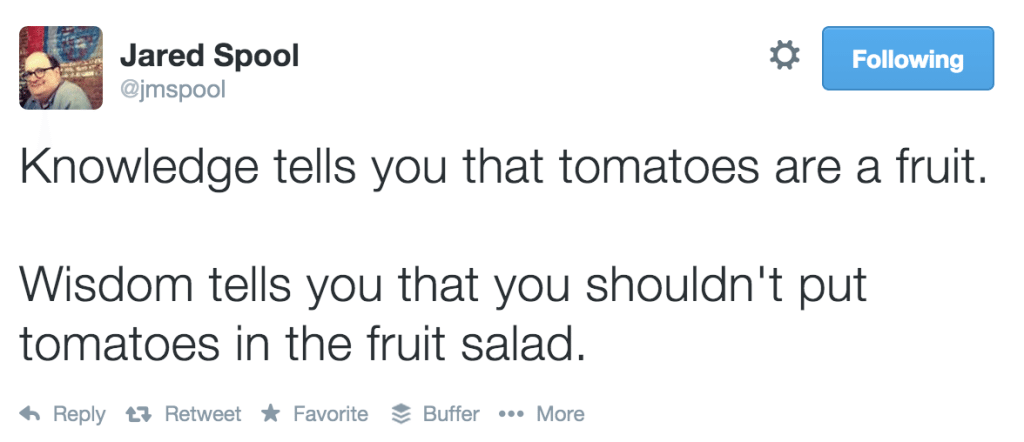
Use the full URL
4 Ways to Compose an Update on LinkedIn
- Include a link after the update
- Remove the link after the update
- Post as a link
- Post as an image
LinkedIn’s updates are maybe the most straightforward of the bunch. No hashtags, little formatting. If you choose to write a longer update to coincide with your link or photo, be aware that LinkedIn truncates updates around the 250-character mark.
Examples of LinkedIn updates
Include a link after the update

Remove the link after the update

Post as an image
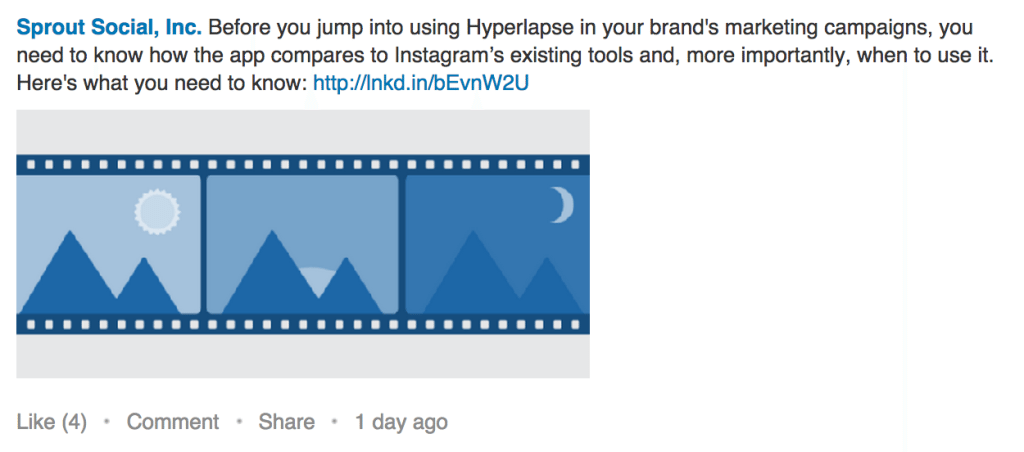
8 Ways to Compose an Update on Google+
- Leave the update blank and only share a link (example below)
- Use bold formatting for the headline (example below)
- Use italics for the headline (example below)
- Use bold formatting for words inside a paragraph
- Place hashtags inside the update
- Place hashtags at the bottom
- Place everything in the same paragraph
- Place things on separate lines
You can borrow some ideas from the above lists for Facebook and Twitter, too. Facebook especially will have many of the same types of formatting and arrangements that might work well on Google+.
And just to make sure you’ve got this handy, here’s the guide to formatting Google+ posts with bold, italics, and strikethrough.
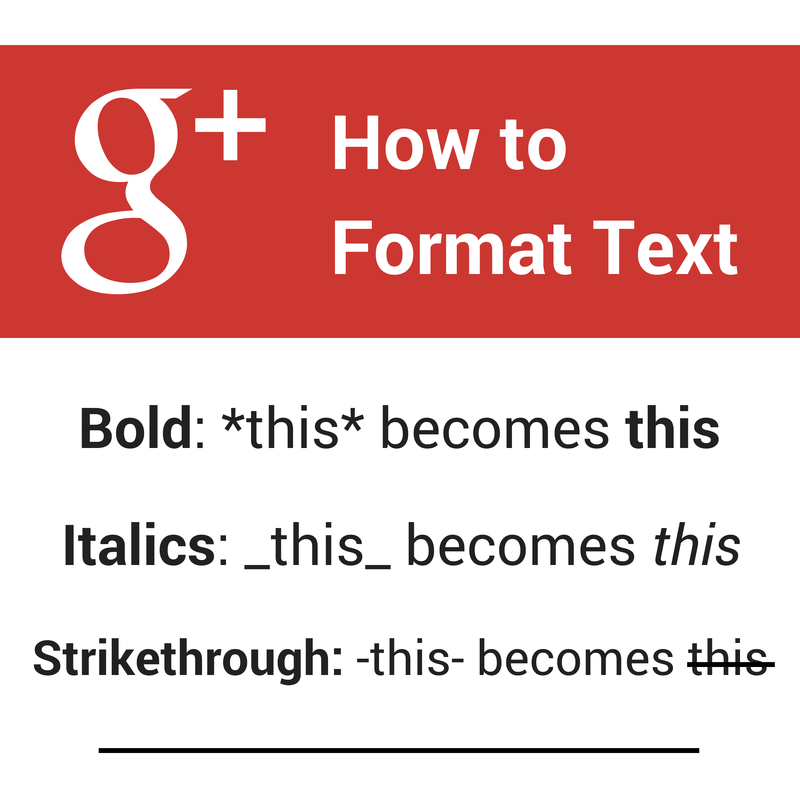
Google+ updates may truncate after four lines with a “Read more” link that will expand the rest. The truncating does not happen every time, in my experience, so you might want to test with your own updates to see.
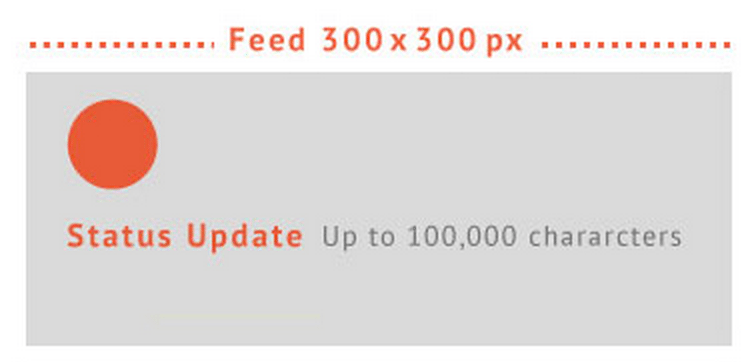
Examples of creative Google+ updates
Leave the update blank. Link only.
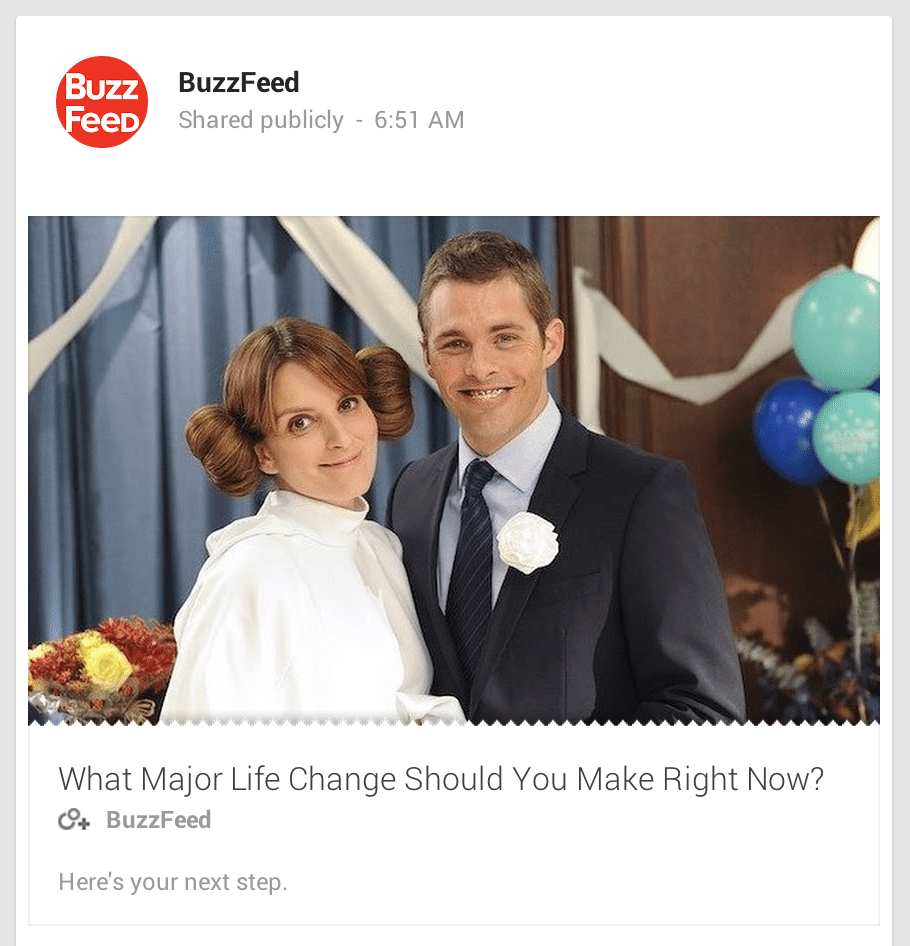
Bold headline

Italic headline
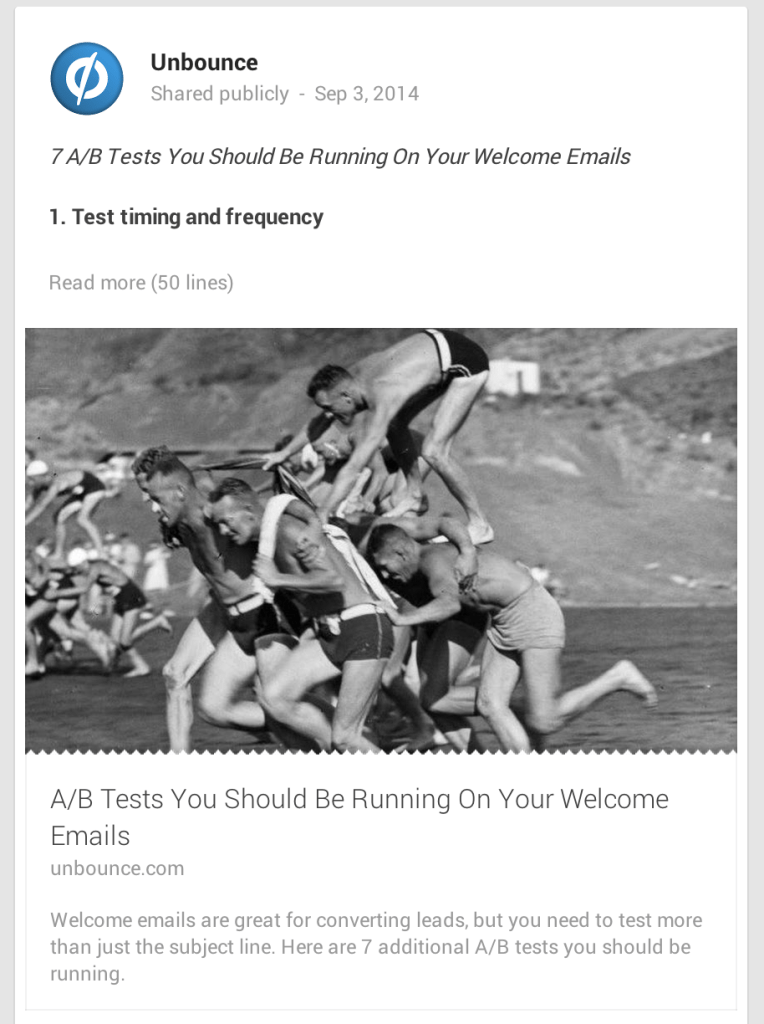
8 Ways to Compose an Update on Instagram
- Place hashtags inside the update
- Place hashtags at the bottom
- Place hashtags in the comments
- Place everything in the same paragraph
- Place things on separate lines
- Tag other users inside the update (example below)
- Tag other users at the end of the update
- Use emoji
Instagram updates remain quite simple, thanks to the exclusion of links and reshares. Still, people have found many creative ways to get by with placing hashtags, @-mentions, and emoji in fun combinations.
Examples of Instagram posts
Tag users inside the update
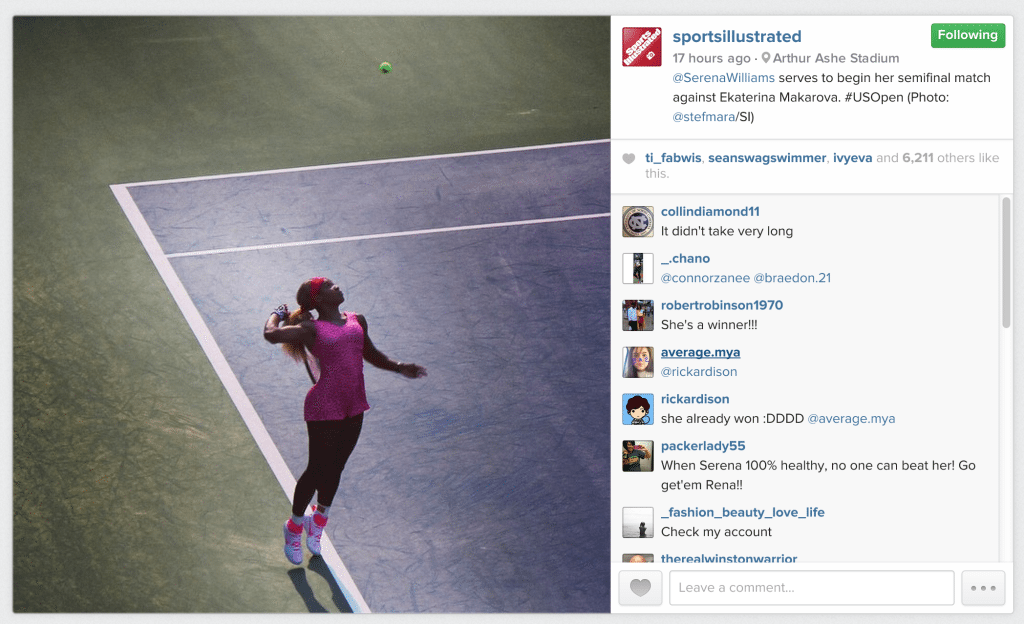
Emoji + hashtags

4 Ways to Compose a Pin on Pinterest
- Craft a custom message (example below)
- Use title tags and meta info from the original site (example below)
- Hashtags inside the pin
- Hashtags at the end of the pin
With the emphasis on visuals on Pinterest, the text that coincides with the pin gets much less attention. From what I’ve observed, the pins with custom messages seem to feel best, especially in certain niches like DIY, apparel, and recipes.
Examples of creative Pinterest pins
Craft a custom message

Title tags and meta info from the original site
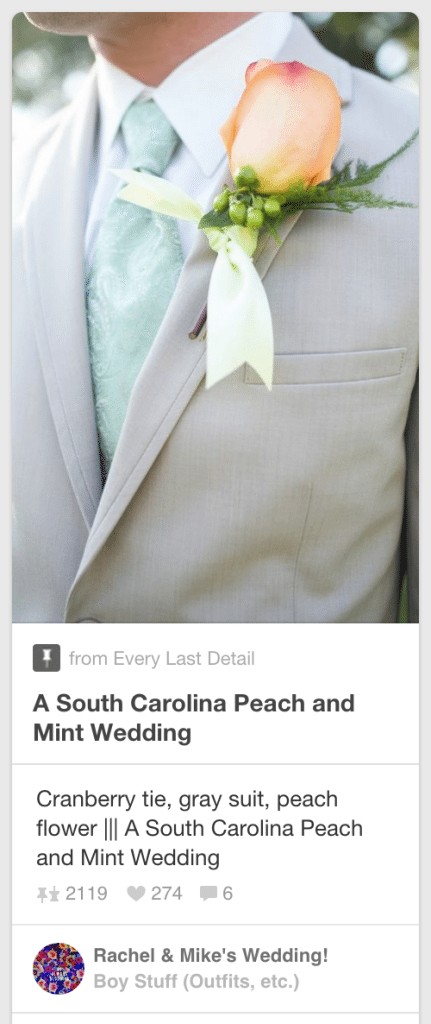
How to test each of these different types of updates
Once you decide to try out a new style of update, how will you know if it’s successful?
Here’s one way that we’ve found to work.
Perform a quick A/B test by composing two separate updates—one that includes the new element and one that doesn’t. The important part is to keep the updates as similar as can be and only change the one element you want to test.
Post the updates, then check the stats.
Which stat are you hoping to improve? Clicks, reshares, or likes? Or maybe a composite number like engagement?
Find your target statistic, then divide by the number of impressions the post received.
For example, which post would you say performed better: one that gained 32 clicks or one that gained 24 clicks? It’s hard to tell without knowing how many people saw each post. The one with 32 clicks could have had 10,000 views (and a very low click/view percentage) whereas the one with 24 clicks could have had 500 views. It helps to standardize these stats so you can compare.
Conclusion
It’s amazing how many different ways there are to compose a social media update. The ones I’ve listed here probably just scratch the surface!
What ways have you tried with your social media update?
I’d love to hear any tips and ideas you’ve used that I might not have mentioned here in this post. Feel free to share your future ideas as well! Looking forward to hearing from you.
Image sources: Marcus Spiske, Omnicore,
Try Buffer for free
140,000+ small businesses like yours use Buffer to build their brand on social media every month
Get started nowRelated Articles

If you always feel like you’re chasing the tail-end of audio trends on the app, you’ve come to the right place. In this article, I’ll guide you through all the methods you can use to find the most popular music and sounds on Instagram before they drop off the charts.

All the features on Bluesky, plus how to use them.

I put Meta Verified — and the coveted blue check — under the microscope for two weeks. The results were definitely not what I expected.